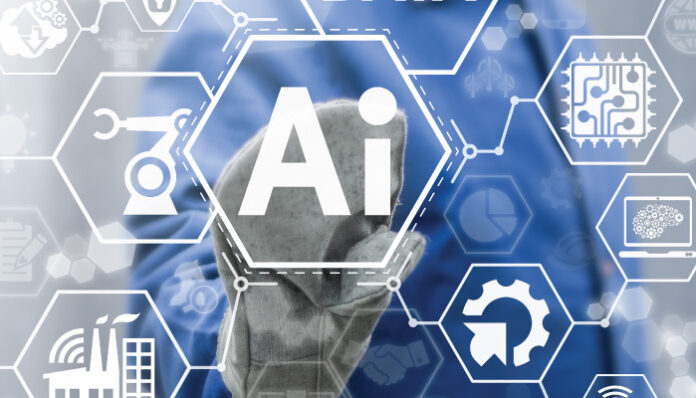There is a tremendous paradigm shift in the threat landscape globally; enterprises have to overcome many challenges to protect businesses from various threats.
Cybercriminals are leveraging automated botnets to infiltrate devices or design social engineering attacks to access sensitive business data.
Businesses need to develop a robust technology stack to build resilience in their security practices.
Even though businesses are investing a substantial amount of finances in their cyber security technology stack, they are still struggling to control security breaches.
As the cybercrime industry is becoming more sophisticated, there is a sheer increase in the volume of full-blown cyber attacks, which becomes a challenge for businesses. SecOps teams find it difficult to efficiently analyze the data flowing across the security technology stack.
According to a recent report by Deloitte titled “Tech Trends 2022,” the average cost of a single data breach was USD 4.24 million in 2021, with a 20% increase from the preceding year. The study also predicts that the cybercrime market might grow up to USD 10.5 trillion by 2025.
Also Read: Four Best Practices for Improving Cyber-resilience
Integrating Artificial Intelligence (AI) into the security tech stack will be a perfect catalyst to detect and mitigate threats in real-time.
Here are a few ways to leverage AI to enhance cyber resilience:
Bridging the security tech stack gaps with AI
Businesses need to reduce the gaps between their security tech stack to ensure cyber resilience in their workflows. SecOps teams need to interact with endpoint security, Identity Access Management (IAM), Privileged Access Management (PAM), patch management, and Remote Browser Isolation (RBI) vendors and their partners to identify the potential gaps. CISOs should consider evaluating all the attack surface areas and how AI can help to reduce the gap to enhance organizations’ cybersecurity measures.
Enhance digital experience
Enterprises need to enhance the intuitiveness of their security tech stack to increase efficiency and minimize threats. Many cybersecurity vendors are exploring the possibilities of AI to improve user experience.
Cyber security solution providers that leverage AI offers a comprehensive view and real-time insights into the entire IT infrastructure, operating systems, networks, and applications.
Quantify threats
The complexity, severity, and sophistication of cyber threats are on a surge. CISOs should consider developing a robust cyber security tech stack with AI, and Machine Learning integrated to protect businesses from any potential cyber threat.
Cybersecurity vendor improves their products and services to offer hardened and data-driven applications to protect IT infrastructure from advanced cyber threats. Integrating AI and ML into the security tech stack will streamline the threat identification and quantification process to ensure an efficient mitigation process.
There are various Risk-Based Vulnerability Management (RBVM) solution vendors that help to identify threats to the cloud, mobile IoT, and IIoT assets. RBVM tools with AI will help enterprises to evaluate, prioritize, and control cybersecurity threats to protect them from ransomware and other cyber threats.
Also Read: Enterprises are Moving from Cybersecurity to Cyber Resilience
Evaluate all the security hygiene protocols set globally and locally
AI and ML tools help enterprises automatically identify, evaluate, interpret and implement updated security postures on the entire IT infrastructure. Businesses can integrate Natural Language Processing (NLP) and cognitive computing features to scan, evaluate, and interpret vast amounts of unstructured regulatory data distributed on multiple websites and databases of regulators. A cybersecurity framework with AI can extract metadata and implement updated security requirements to the entire IT infrastructure.
For more such updates follow us on Google News ITsecuritywire News









